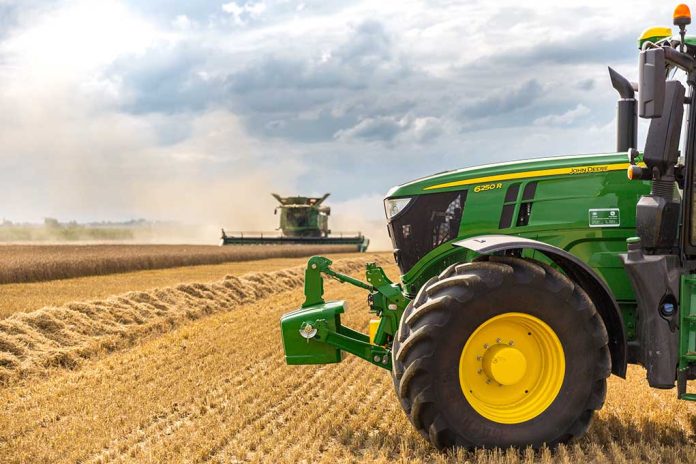
The bird flu variant D1.1 has begun raising eyebrows across the United States due to its unexpected spread to cattle, exposing the increased risk of human transmission.
Key Takeaways
- At least four cattle herds in Nevada have been infected with the D1.1 strain of bird flu, a phenomenon not previously observed in cows.
- A fatal human case linked to the D1.1 strain was reported in Louisiana, highlighting the potential risks to humans.
- The USDA continues its existing High Pathogenic Avian Influenza eradication strategy despite the new strain.
- D1.1 spillovers from wild birds to chickens have contributed to rising egg prices nationwide.
- Symptoms in cows mirror those seen in the previously noted B3.13 strain, which affected pet cats fatally through contaminated products.
Unexpected Trends in Viral Spread
The appearance of the bird flu variant D1.1 in cows in Nevada represents a worrying development. Prior to this, such transmission to cattle was thought to be rare. According to the Nevada Agriculture Department, the symptoms in cows include fever, low feed and milk production, and mild respiratory issues, similar to those detected in B3.13 infections.
The strain had already been linked to severe illness in humans in Louisiana, cementing its potential for significant public health concerns. The strain’s arrival in Nevada has consistently been matched by similar symptoms across about a thousand cow herds in sixteen states, with a concentrated occurrence in California.
Impact on Agriculture and Public Health
The detection of D1.1 in the dairy herds was startling, given its previous associations mainly with wild birds and poultry. Such unexpected trends underscore the H5N1’s unpredictable nature. The USDA discovered this through a thorough milk testing program spanning 38 states. This spillover may affect the dairy industry profoundly, prompting discussions on developing a vaccine to protect cattle.
“The detection does not change USDA’s HPAI eradication strategy.” – U.S. Department of Agriculture’s Animal and Plant Health Inspection Service
The USDA remains vigilant, engaging in more investigations to prevent the disease from spreading even further. Enhanced biosecurity practices are vital to ensuring both animal and worker safety across affected regions.
Concerns and Mitigation Strategies
The emergence of D1.1 in cow herds raises concerns about cross-species transmission’s unpredictability and severity. Researchers are now delving into how these infections occurred, with one theory involving nonnative European starlings. Biosecurity remains fundamentally crucial to prevent further spread and is being heavily emphasized by health authorities.
“I think many of us, including myself, thought that the first introduction was sort of a fluke.” – Seema Lakdawala
Health organizations and the CDC are closely examining the situation, as 40 out of 67 recorded human bird flu cases are connected to infections stemming from dairy cattle. The Nevada Agriculture Department has reassured the public that the risk to humans remains low and is working with health professionals to ensure preventive measures are in place.
Sources
2. Deadly version of H5N1 bird flu spills over into Nevada dairy cattle









